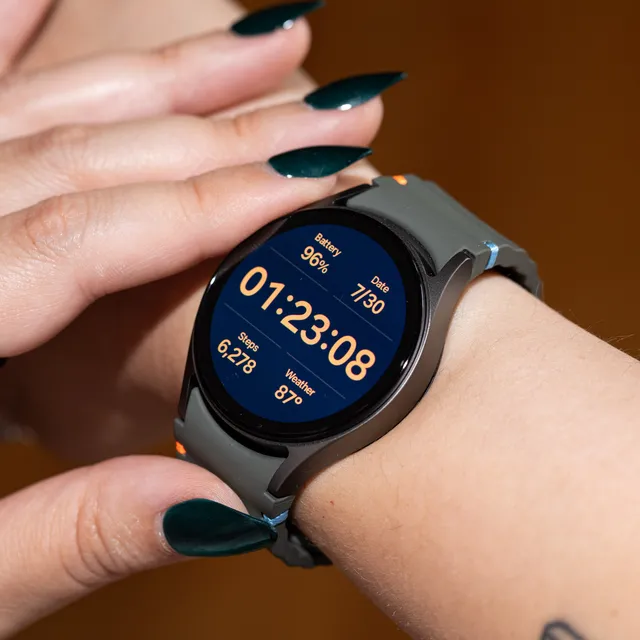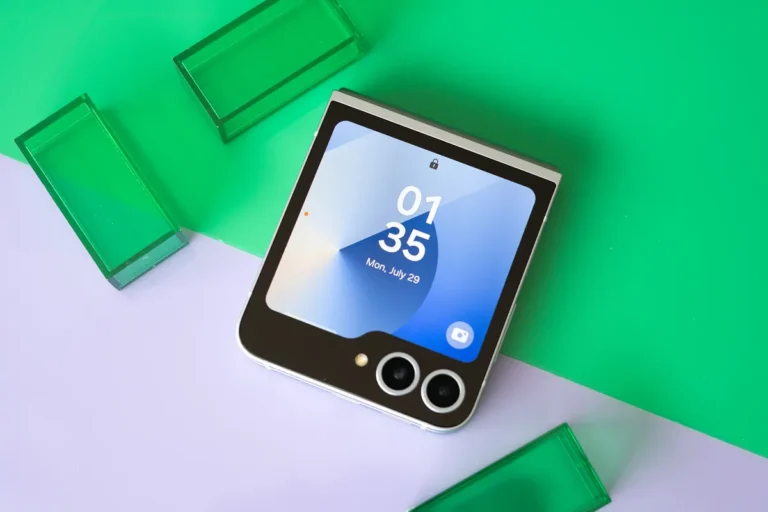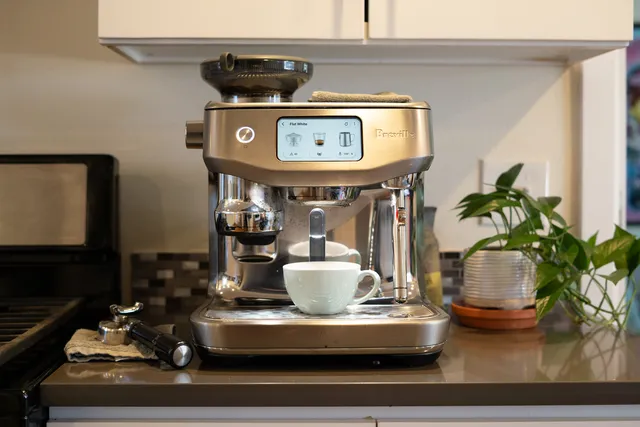Samsung Galaxy Watch 7 review: tried and true

Of all the wearables Samsung launched in 2024, the $299.99 Galaxy Watch 7 is the least exciting. It’s not a totally new category like the Galaxy Ring or a new form factor like the Galaxy Watch Ultra. Even in my briefings, Samsung kind of waved its hands and said, “Oh, the Galaxy Watch 7 is here, too — and, uh, it’s really great!”
In other words, if you have a Galaxy Watch 4, 5, or 6, you know what you’re getting. In a year when Samsung shook up its wearable lineup, the Galaxy Watch 7 is its stalwart constant. And after spending the last three weeks with the Galaxy Ring and Ultra, I’ve come to appreciate that.
It’s not that I disliked the Ring or the Ultra. On the contrary, it’s more that, after a while, the classics like the base Galaxy Watch can get boring and you need to spend time away to remember what made them great again. It’s like trying a bunch of new viral cafes on TikTok, with their Instagram-worthy latte flavors, and then craving the iced latte from your local bodega. Both are good, but only one offers comfort.
Speaking of comfort, wearability is a big plus with the base Galaxy Watch. The Ultra was bulky on my wrist and I had a hard time getting a good fit for the new FDA-cleared sleep apnea detection feature, which depends on a snug fit. That’s not the case with the Galaxy Watch 7. I have the 40mm Watch 7, and I had no problems getting the sleep apnea feature to work as it should. This is just my personal taste, but I also preferred how the simpler circular display looked on my wrist compared to the Ultra. The slimmer profile was another huge benefit. And although it’s summer, I know this watch won’t get caught on jacket sleeves or other clothing.
But just as my experience with the Ultra reminded me of how I took the Watch 7’s chic slim and lightweight design for granted, it also highlighted its greatest weakness: battery life.
Even after Samsung’s battery calibration period, I still only got around 24 hours on a single charge. This, too, hasn’t changed much from the Galaxy Watches 4, 5, and 6. The main difference with the 7 is that I can reliably get through an entire day, whereas before it was occasionally a struggle to do even that. (Folks with the 44mm Watch 7 will have increased time since it has a bigger battery.) Fast charging takes some of the sting out, but I’ll add the caveat that I’m a heavy GPS user and keep the always-on display enabled most of the time. You’ll get better mileage if you stick to the gym or turn the AOD off.
None of this is surprising because the Watch 7 hasn’t changed much in terms of hardware. The only difference is that it has the new 3nm Exynos W1000 chip and an upgraded 3-in-1 BioActive Sensor — that and it runs Wear OS 5 and One UI 6 Watch out of the box, but those will eventually come to older Galaxy Watches, too. (You can already download betas.) Performance overall is snappy, though I haven’t noticed any meaningful increased accuracy from the new BioActive Sensor.
Author

Michael Davis
Michael Davis is a dedicated content creator at The Bizz Global, focusing on Business, Finance, Technology, and Lifestyle. With a knack for breaking down complex topics, Michael ensures that readers stay informed and engaged with the latest industry trends. His passion for clear and concise writing makes him a trusted voice in the field.






